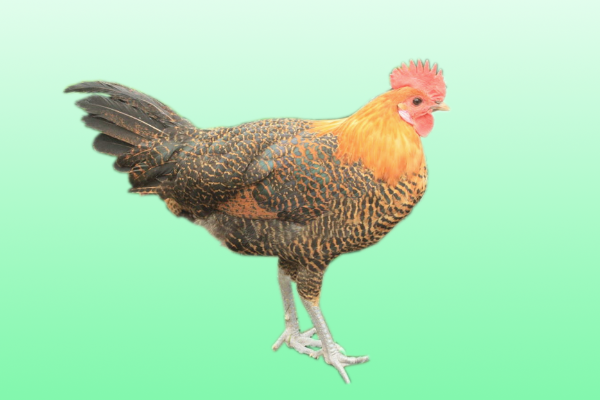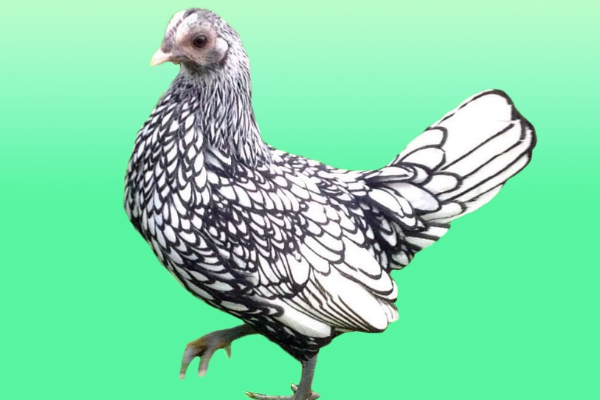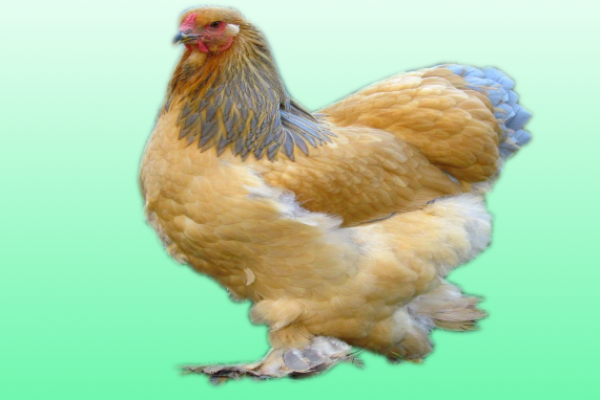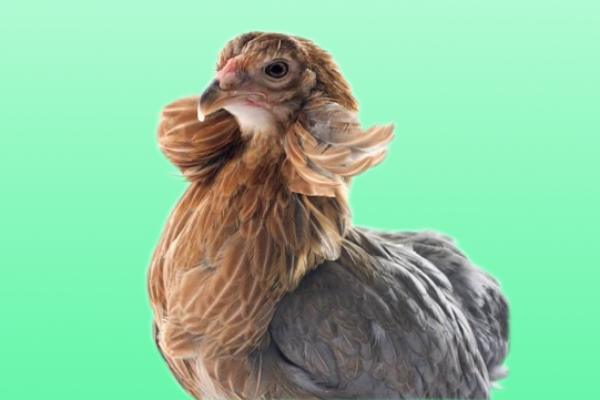Parasitic Gastroenteritis (Gut Worms)
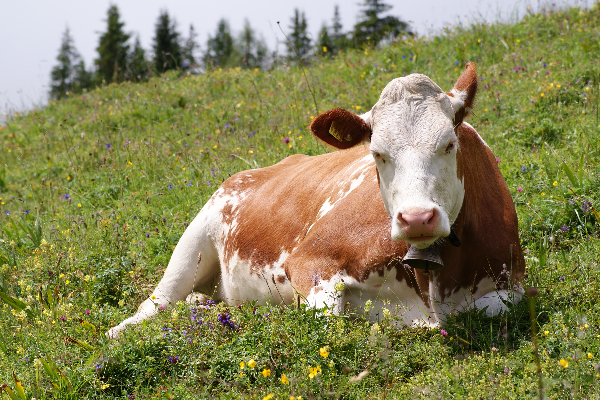
Parasitic gastro-enteritis (PGE) refers to the infection of the abomasum and the intestines. Once infection builds up, cattle become progressively ill-thriven, which has serious economic and welfare implications. The infection is caused by parasites, in most cases an abomasal worm.
Grazing animals can pick up infections early in the grazing season from larvae that have survived over winter on the pasture this can cause disease if the pasture burden is very heavy but usually these overwintered larvae act as a low level source of infection that allows calves to become infected and start shedding worm eggs onto the pasture during the grazing season.
There are two main seasons for gut worm problem in cattle, the first being late summer and autumn, and late winter, early spring.
LIFE CYCLE
Cattle pass worm eggs in their faeces. These eggs then develop to the infective larval stage in the pat (which usually takes around 2 weeks under optimal conditions). The cows are then infected when they eat these larval stages which have by now migrated to the pasture (uneaten larvae at the end of a grazing season can potentially survive in the pasture acting as a source of infection to the next seasons grazing animals).
There is then further development through several more larval stages in the cows gastrointestinal system before the worm becomes sexually mature and can start producing eggs. The development inside the cow usually takes about three weeks to reach the egg producing stage.
The whole cycle from egg to mature egg producing works takes around five weeks, however in some cases the development within the cow can stop and the larvae can become dormant allowing them re-emerge up to six months.
SYMPTOMS
• Diarrhoea - watery, green
• Significant weight loss
• Loss of appetite
• High proportion of animals affected
TREATMENT

When treating clinically affected animals, the following should be considered:
1) providing adequate nutrition,
2) treating all animals in the group, as a preventive measure and to reduce further pasture contamination,
3) moving stock to “clean” pastures to minimise reinfection. PGE can be treated with antehlmintics/ wormers. Various types can be used, and what is available will depend on location.
PREVENTION
Strategic use of anthelmintics is designed to reduce worm burdens and, thereby, the contamination of pastures. Timing of administration is based on knowledge of the seasonal changes in infection and the regional epidemiology of the various helminthoses. Prompt recognition of circumstances likely to favor development of parasitic disease, eg, weather, grazing behavior, and loss of weight and condition, is essential. Rotation of wormers should be planned from year to year to minimise the likelihood of parasites becoming resistant to these products.
Calves usually develop an immunity to worms during their first grazing season which can wane over the winter making second season grazers susceptible to re-infection. However immunity usually is quick to be re-established and symptoms are usually mild and transient. Third season grazers and onwards should have a solid immunity to worms and should not need treating.
Other advice is to use pasture effectively so that cattle avoid grazing contaminated pasture during the peak season. This can be as simple as moving cattle onto fresh ungrazed pasture (such as silage aftermath) just before the summer rise in larval numbers. Reduce routine worming by monitoring, particularly worm egg counts and growth. This will save you money and reduce the risk of resistance developing on your farm. Worm at housing in stock susceptible to hibernating larvae.

Written by
H Cetin KATIRCI
Online ShepherdBreedsMore
IllnessesMore
Forage cropsMore
![]() Патологическая физиология голодания Arina TARAN
Патологическая физиология голодания Arina TARAN![]() Дефицит фосфора (гипофосфатемия) Hipofosfatemi Arina TARAN
Дефицит фосфора (гипофосфатемия) Hipofosfatemi Arina TARAN![]() Какие бывают кормораздатчики для ферм КРС? Irina Makarova
Какие бывают кормораздатчики для ферм КРС? Irina Makarova![]() Кормушки для овец Diana Myakisheva
Кормушки для овец Diana Myakisheva![]() Питание домашних коз: что едят, виды корма и правила кормления Alina Arslantürk
Питание домашних коз: что едят, виды корма и правила кормления Alina Arslantürk![]() Важность минералов питании сельскохозяйственных животных Irina Makarova
Важность минералов питании сельскохозяйственных животных Irina Makarova



